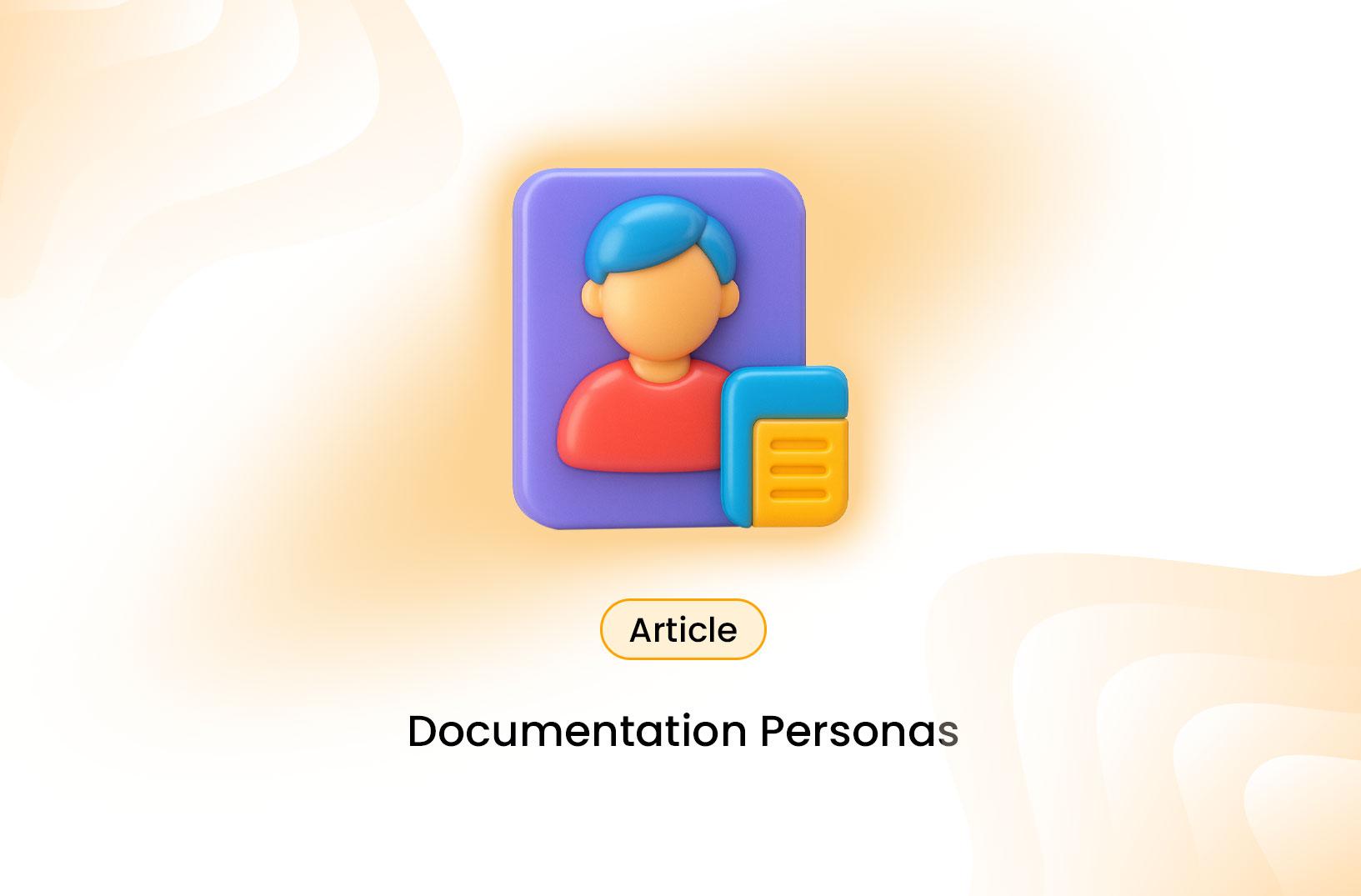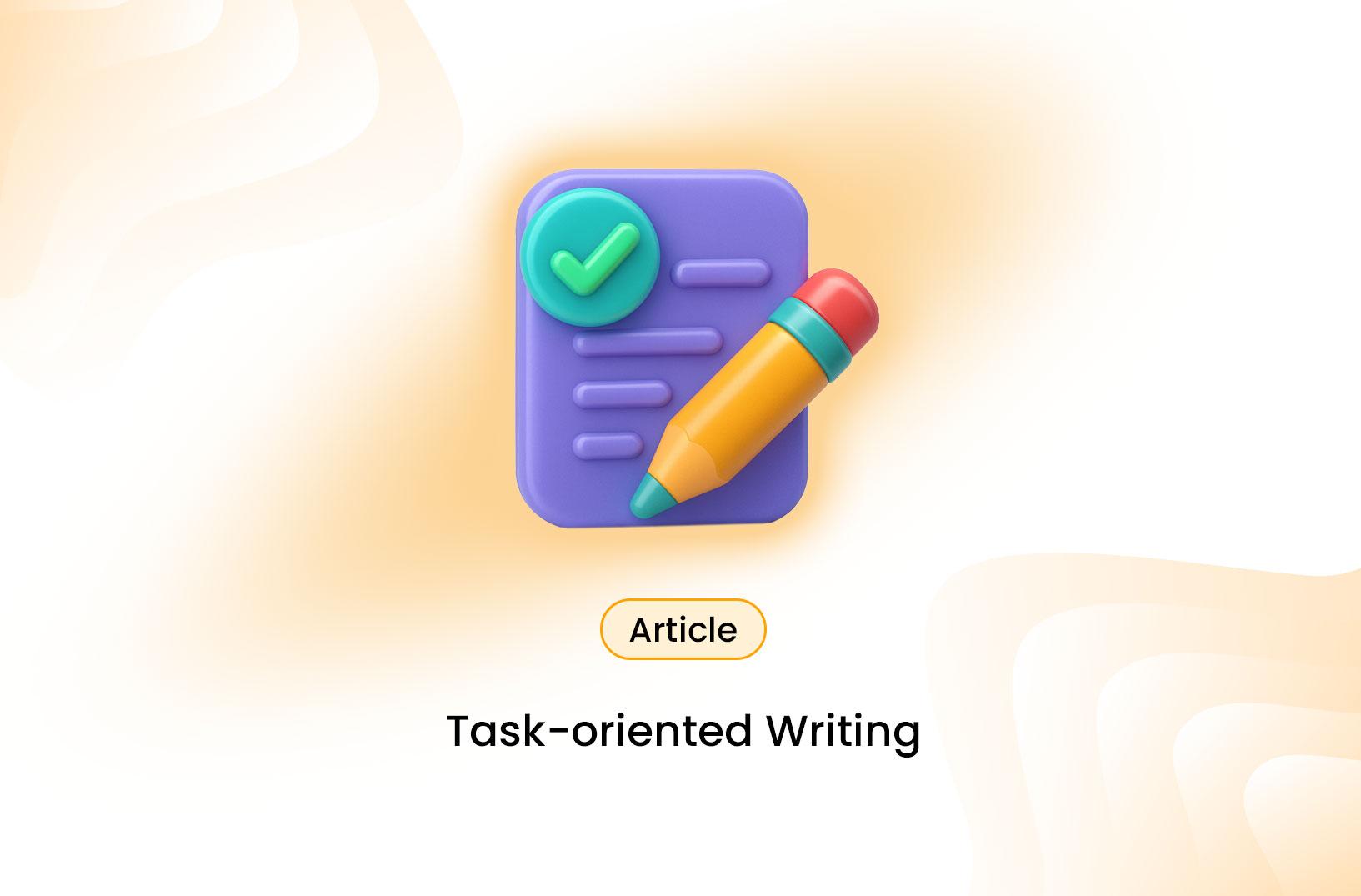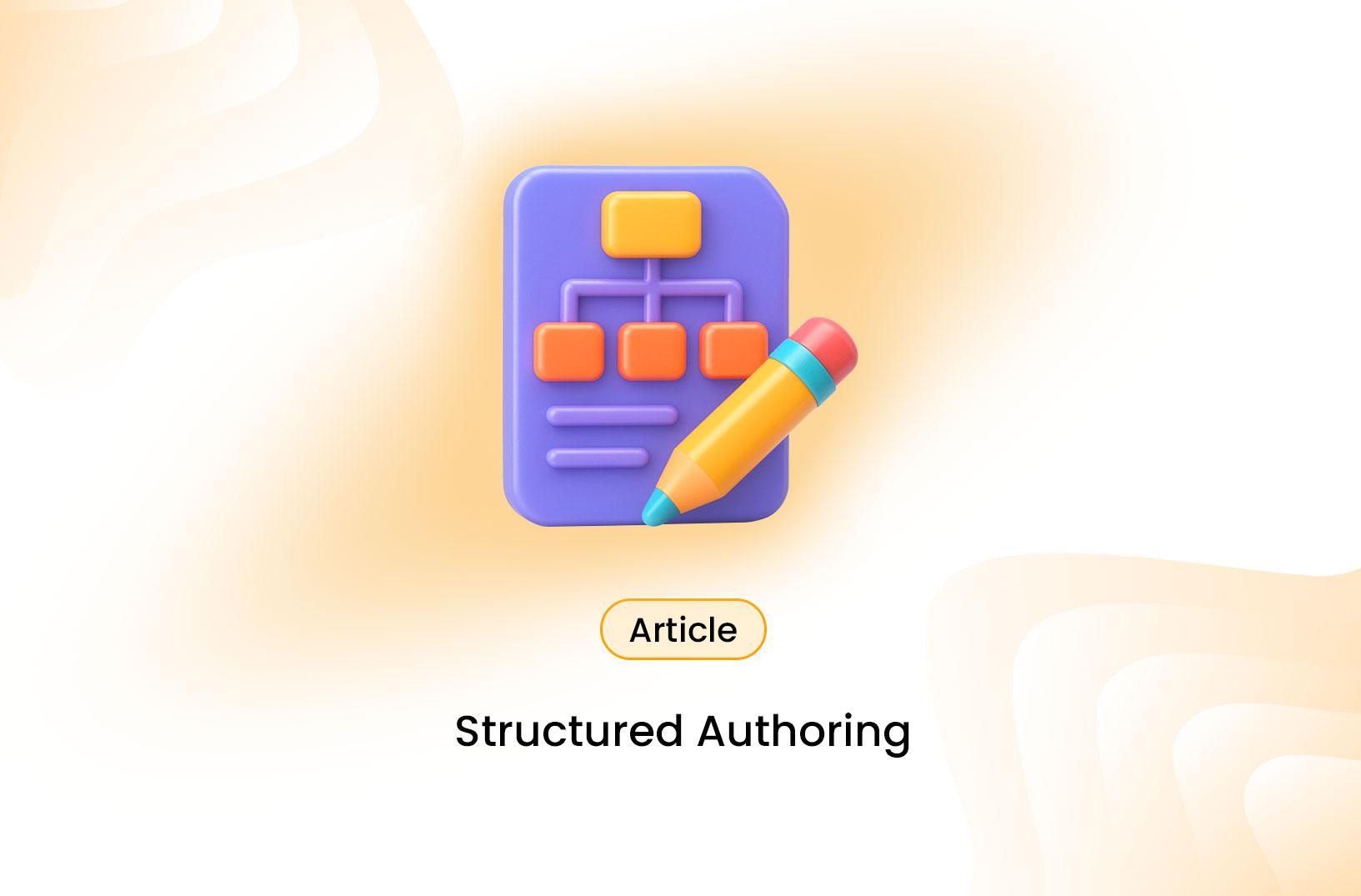Search Engine Optimization (SEO) is full of technical terms and industry jargon. If you’re just starting, it can feel overwhelming. That’s why we’ve compiled this dictionary of essential SEO terms — a handy reference guide to help you understand the language of search engines.
Use this glossary to sharpen your knowledge and make better decisions when working on your website’s SEO.
A
Algorithm
The complex set of rules search engines use to determine which pages rank for a given query. Google updates its algorithm frequently to improve search results.
Alt Text (Alternative Text)
A description added to images in HTML (alt=""). It improves accessibility and helps search engines understand what the image is about.
Anchor Text
The clickable text in a hyperlink. Example: Learn SEO Basics. Optimizing anchor text helps with both user experience and SEO.
B
Backlink
A link from another website to your own. High-quality backlinks are a key ranking factor.
Bounce Rate
The percentage of visitors who leave your site after viewing only one page. A high bounce rate can signal poor user experience or irrelevant content.
Breadcrumbs
A navigation aid that shows a visitor’s location within a site (e.g., Home > Blog > SEO). Useful for user experience and SEO.
C
Canonical URL
The preferred version of a webpage when duplicate or similar content exists. Helps avoid duplicate content penalties.
Click-Through Rate (CTR)
The percentage of users who click on your page after seeing it in search results. Improving your titles and meta descriptions can increase CTR.
Crawl
When search engine bots (spiders) scan your site to discover and index content.
D
Domain Authority (DA)
A score (0–100) developed by Moz to predict how well a site will rank in search results. Not an official Google metric, but widely used for comparison.
Duplicate Content
Content that appears in multiple places online. Can confuse search engines and dilute ranking signals.
I
Indexing
The process by which search engines store and organize your site’s content so it can appear in search results.
Internal Linking
Links from one page on your website to another. Helps users navigate and distributes ranking power across your site.
K
Keyword
A word or phrase people type into search engines. Choosing the right keywords is the foundation of an SEO strategy.
Keyword Stuffing
Overusing keywords unnaturally in content. This practice is outdated and can harm rankings.
L
Link Building
The process of acquiring backlinks from other websites. A major part of off-page SEO.
Long-Tail Keywords
Longer, more specific keyword phrases (e.g., best running shoes for flat feet). They usually have lower search volume but higher conversion rates.
M
Meta Description
A summary (150–160 characters) of a webpage shown in search results. Helps with click-through rates but isn’t a direct ranking factor.
Mobile-First Indexing
Google’s practice of primarily using the mobile version of a site for ranking and indexing.
O
On-Page SEO
Optimizations made directly on your website — such as improving content, headings, and internal links.
Off-Page SEO
External factors that affect rankings, such as backlinks, social signals, and brand mentions.
P
PageSpeed
How fast does your site load? Speed is a ranking factor and important for user experience.
PPC (Pay-Per-Click)
A type of online advertising where you pay each time someone clicks on your ad (e.g., Google Ads).
R
Rank
Where your page appears in search results for a keyword. The higher, the better.
Robots.txt
A file that tells search engine crawlers which pages they can or cannot access on your site.
S
Schema Markup
Structured data that helps search engines better understand your content (e.g., recipes, reviews, FAQs).
SERP (Search Engine Results Page)
The page you see after searching for something on Google. Includes organic results, ads, and features like snippets.
Sitemap
A file that lists all the pages on your website, helping search engines discover and crawl your content.
T
Title Tag
The HTML element that defines a page’s title. Appears in search results as the clickable headline.
Traffic
The number of visitors to your site, which can come from search engines, social media, direct visits, or referrals.
Conclusion
SEO doesn’t have to feel like learning a foreign language. By familiarizing yourself with these essential terms, you’ll be better equipped to optimize your site, collaborate with SEO professionals, and track your progress.
Keep this dictionary bookmarked — as you continue your SEO journey, you’ll find yourself returning to it often.




